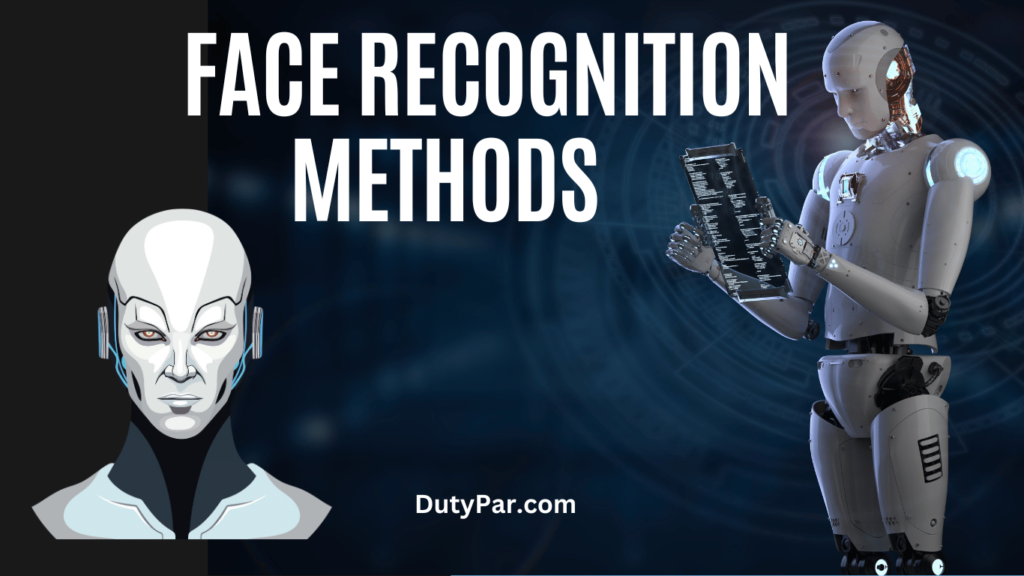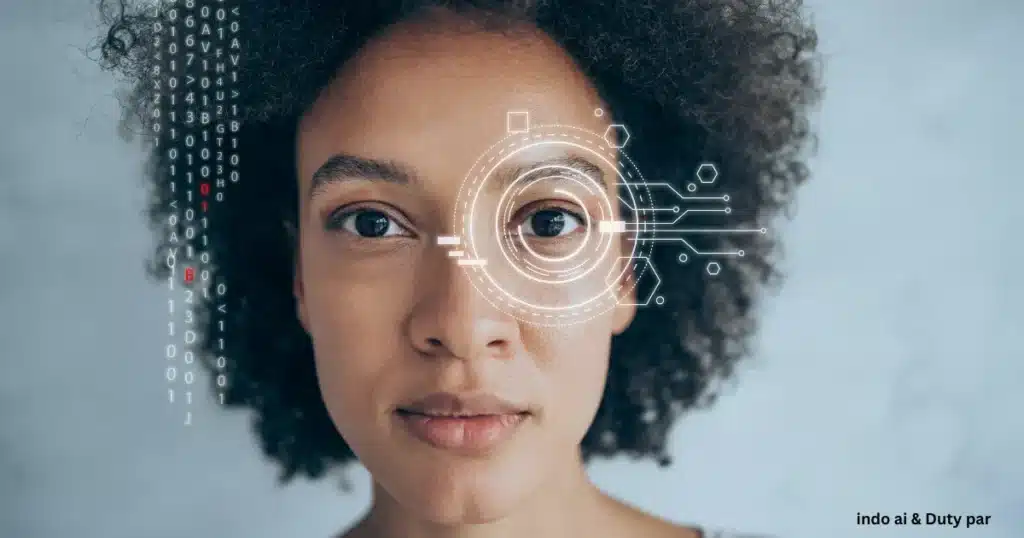
Table of contents
Introduction
Face recognition technology has become a part of our everyday lives, whether we realize it or not. From unlocking our phones to being identified in public places, it’s shaping how we interact with technology. It’s not just about fancy gadgets; face recognition is used in security, retail, and even healthcare. In this article, we’ll dive into how this technology works, the different types of face recognition methods, and how they’re used in real-life situations. By the end, you’ll have a clearer understanding of how this technology is changing the world around us.
What Are Face Recognition Methods?
Imagine your phone is like a super-smart detective. When you take a selfie or unlock your phone with your face, it’s like the detective is looking for clues. It studies your face, checking things like how far apart your eyes are, the shape of your chin, and the curves of your nose. It then compares these clues to a picture gallery it has stored in its memory. If the clues match, the detective says, “That’s you!” So, next time you use face recognition, remember it’s like having a tiny detective working for you, helping to keep your phone safe and secure.
How Do Face Recognition Methods Work?
Face recognition methods work in several stages. Each step ensures that the system accurately identifies a person by analyzing the various features of their face. Let’s break down these steps:
- Image Capture: The first stage is capturing an image. This can be done using a camera on your phone or a more sophisticated setup in public places like airports. The image can be static (like a photo) or dynamic (like a live video).
- Face Detection: Once an image is captured, the system needs to detect the face in the image. In this stage, the algorithm scans the image to find a face, identifying key points like the eyes, nose, mouth, and overall shape of the face.
- Feature Extraction: After detecting the face, the system then extracts specific features. These features could include the distance between the eyes, the width of the nose, or the shape of the cheekbones. These measurements are then turned into a digital code, often called a “faceprint.”
- Face Matching: The final step in face recognition methods is to compare the extracted features (the faceprint) with a database of known faces. If there is a match, the system confirms the person’s identity.

Types of Face Recognition Methods
There are lots of different ways to recognize faces using computers. Each method has its own special tricks to figure out who you are. Let’s talk about a few of the most popular ones.
1. Geometric-Based Face Recognition
One of the earliest types of face recognition methods is the geometric approach, which focuses on the shape and position of facial features. It looks at features like the distance between the eyes or the depth of the eye sockets to build a profile of a person’s face. While this method is still used, it has been largely replaced by more advanced techniques that offer better accuracy.
2. Photometric-Based Face Recognition
Photometric face recognition methods analyze the overall appearance of a person’s face. Instead of measuring the distances between facial features, this method analyzes the pixel values of an image. Photometric techniques can include methods like Eigenfaces or Fisherfaces, which convert the face into a mathematical model that can be compared with other faces in the system.
3. 3D Face Recognition
A more advanced type of face recognition method is 3D face recognition. This technique uses 3D sensors to capture the geometry of a face, including its curves, contours, and angles. Because it captures more detailed information, 3D face recognition methods are more accurate than 2D methods, especially when it comes to identifying people in varying lighting conditions or from different angles.
4. Skin Texture Analysis
While traditional face recognition methods rely on analyzing the shape of facial features, skin texture analysis takes it a step further. This method examines the texture of a person’s skin, analyzing tiny details like pores and wrinkles. It’s often used as an additional layer of security in more advanced face recognition systems.
5. Deep Learning and Neural Networks
In recent years, face recognition methods have seen a massive improvement thanks to deep learning and neural networks. These techniques use artificial intelligence to “learn” how to recognize faces over time. By analyzing vast amounts of data, neural networks can improve their accuracy and adapt to new challenges, such as changes in lighting or facial expressions.
Applications of Face Recognition Methods
Face recognition methods have found their way into a variety of industries, each benefiting from the unique advantages this technology offers. Here are some of the most common uses:
1. Security and Law Enforcement
One of the most well-known applications of face recognition methods is in security and law enforcement. Police and security agencies use the technology to identify suspects, track down criminals, or monitor crowds in real-time. In airports, face recognition can be used to speed up security checks and verify the identity of travelers.
2. Smartphones and Personal Devices
Most modern smartphones now come equipped with some form of face recognition methods. Whether it’s Apple’s Face ID or a similar feature on Android devices, face recognition allows users to unlock their phones quickly and securely without needing a password. This method is also becoming popular in laptops and tablets.
3. Retail and Marketing
In the retail world, face recognition methods are being used to enhance customer experience. For example, stores can use the technology to analyze customer behavior, such as how long someone looks at a product or how often they visit the store. This data can help businesses offer personalized promotions or adjust their marketing strategies.
4. Healthcare
Face recognition is also being integrated into healthcare systems. Hospitals use face recognition methods to monitor patients, ensuring that they receive the correct treatment. Additionally, the technology can help identify individuals who suffer from cognitive disorders, providing an extra layer of safety and care.
Advantages and Challenges of Face Recognition Methods
Advantages:
- Increased Security: One of the primary advantages of face recognition is its ability to enhance security. By identifying people in real-time, this technology can prevent unauthorized access and deter criminal activities.
- Convenience: In personal devices like smartphones, face recognition methods make it easier to access your device without having to remember a password or PIN. It’s fast and hassle-free.
- Non-Intrusive: Unlike other biometric methods (like fingerprint scanning), face recognition doesn’t require physical contact. It can work from a distance, making it more user-friendly in certain environments.
- Efficiency: In places like airports or stadiums, face recognition methods can streamline the identification process, reducing the time it takes for security checks.
Challenges:
- Privacy Concerns: One of the most significant concerns surrounding face recognition methods is privacy. People worry that their data might be misused or stored without their consent.
- Accuracy Issues: While face recognition methods are becoming more accurate, they’re still not perfect. Factors like lighting, facial hair, or even changes in facial expressions can sometimes lead to errors.
- Ethical Concerns: Some critics argue that the widespread use of face recognition could lead to surveillance abuse, where governments or companies use the technology to track people without their knowledge or consent.
Conclusion
In summary, face recognition methods are changing the way we interact with technology. Whether it’s for security, convenience, or personalization, these systems offer many benefits. However, it’s essential to address the challenges, particularly concerning privacy and ethics, to ensure that this technology is used in a way that benefits everyone.